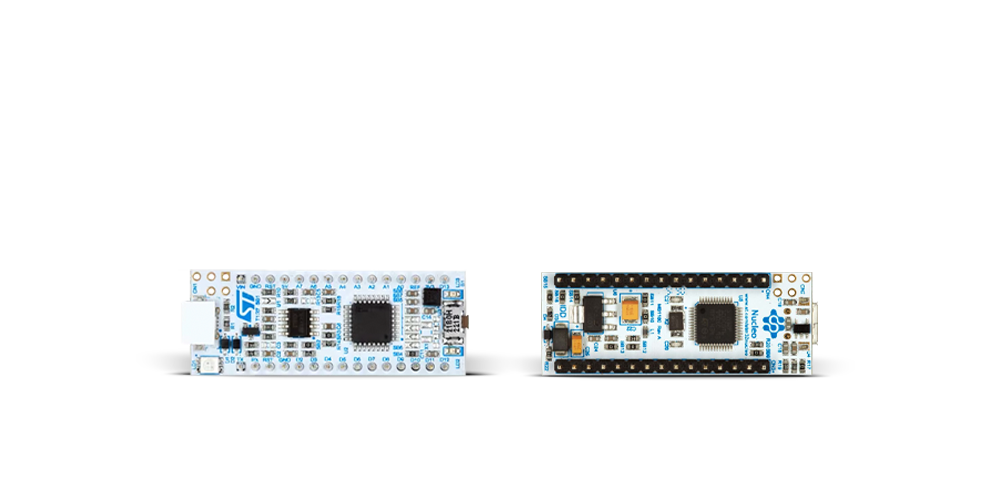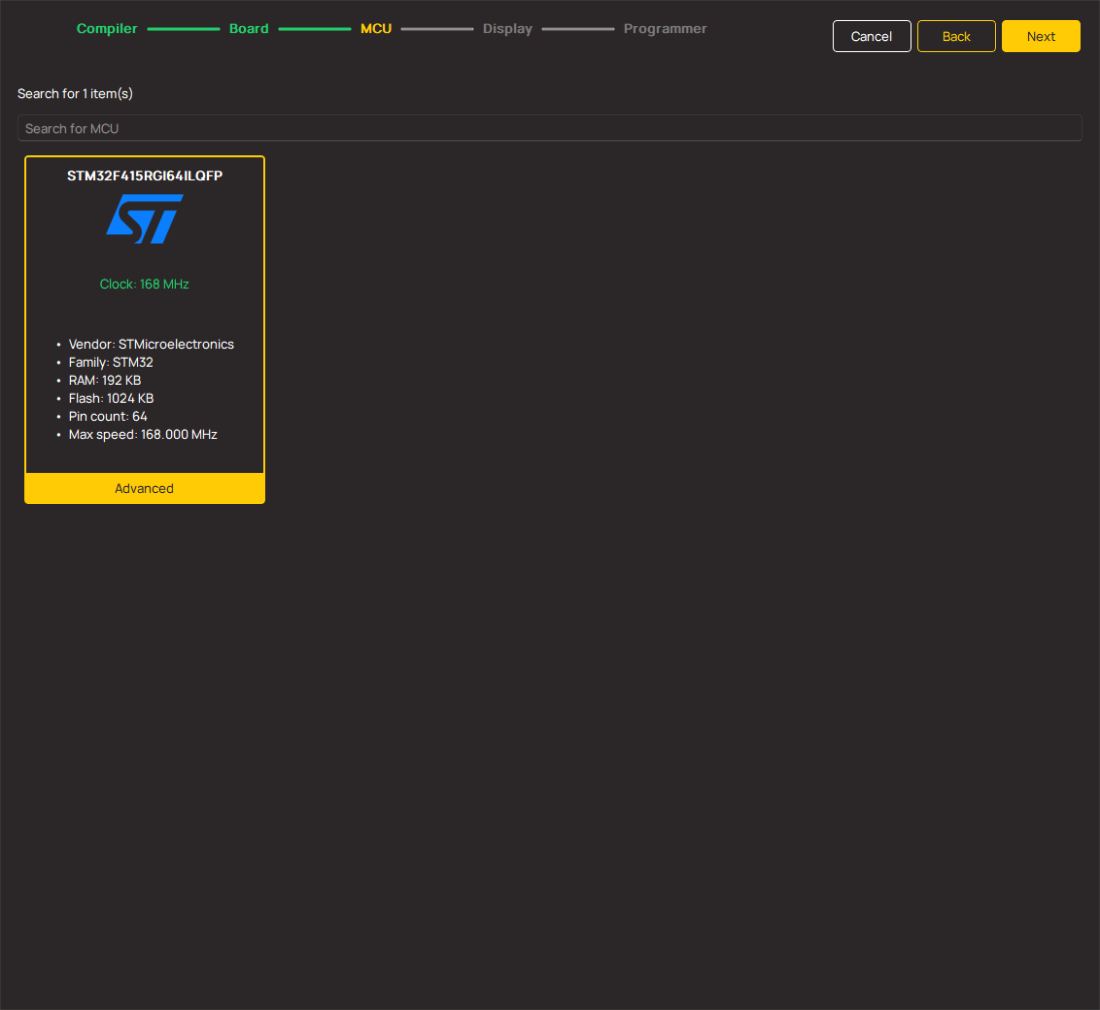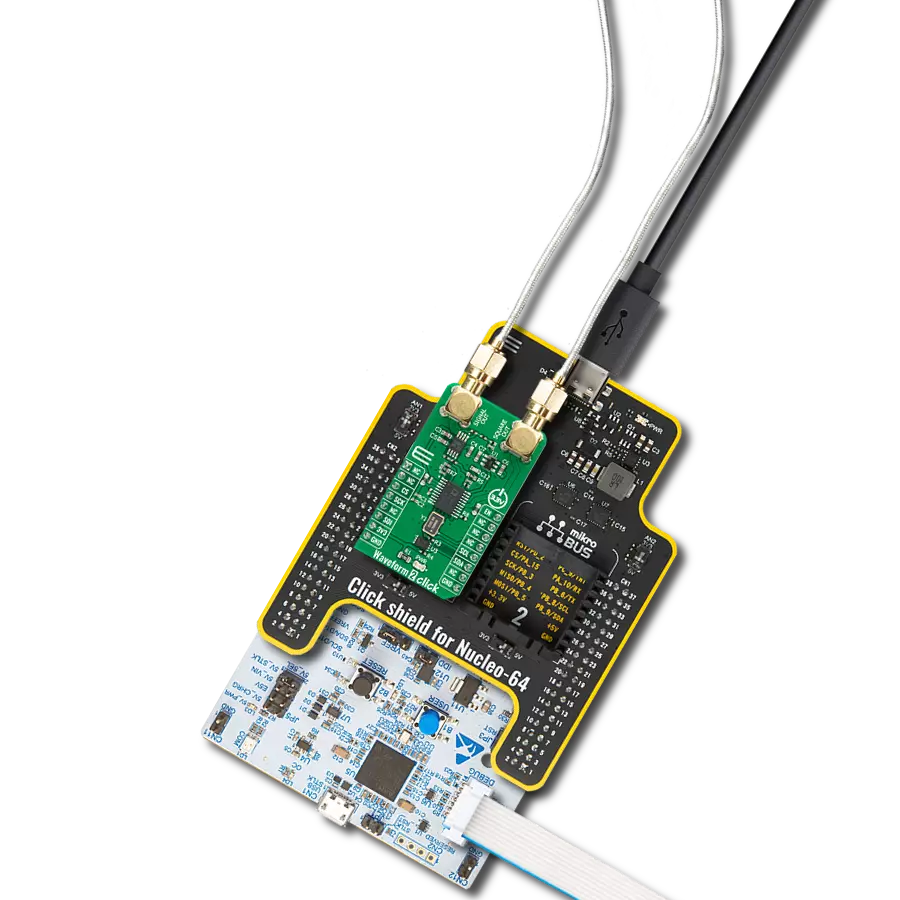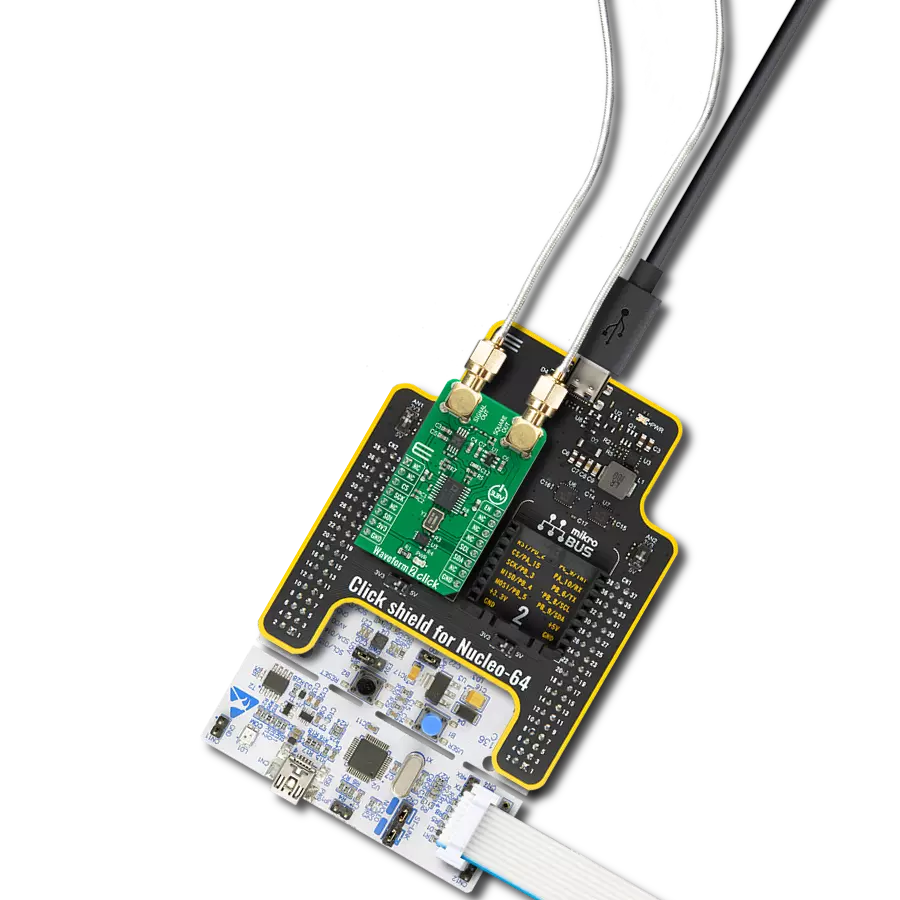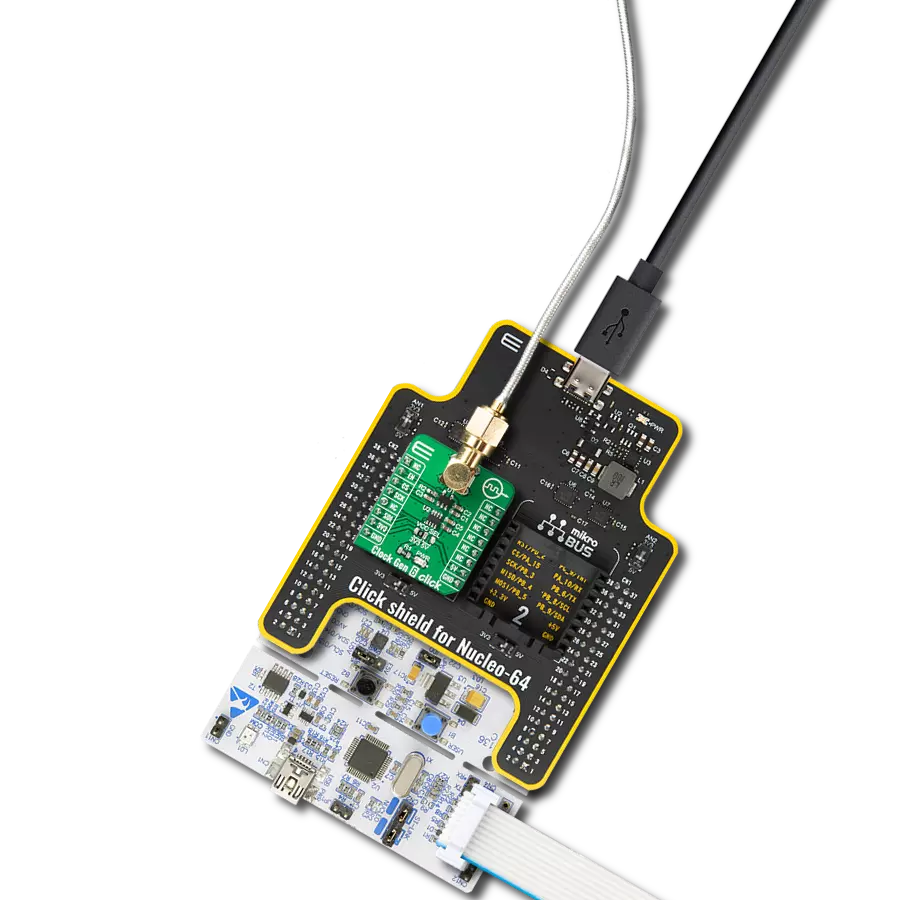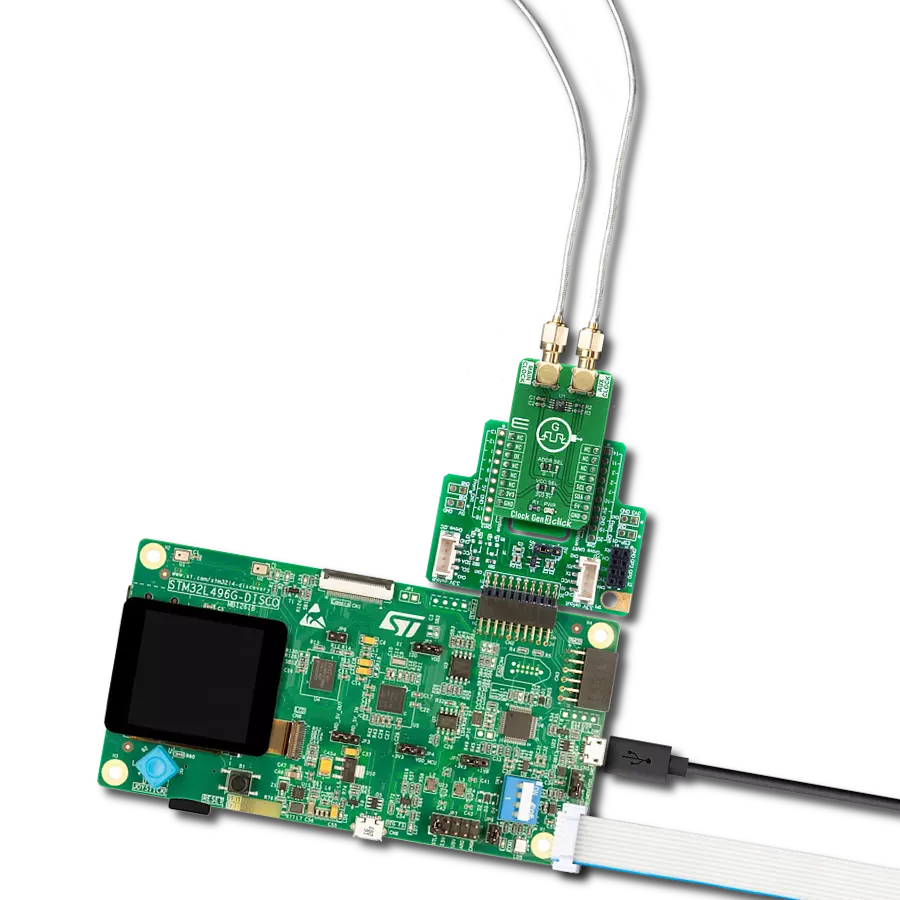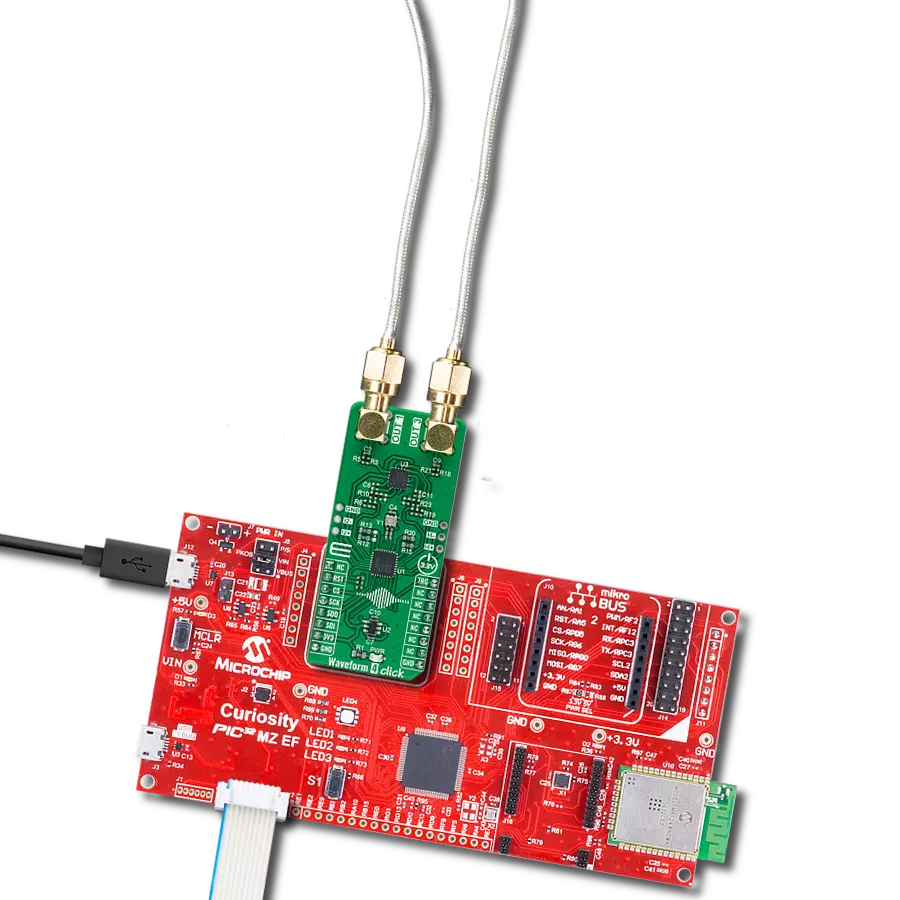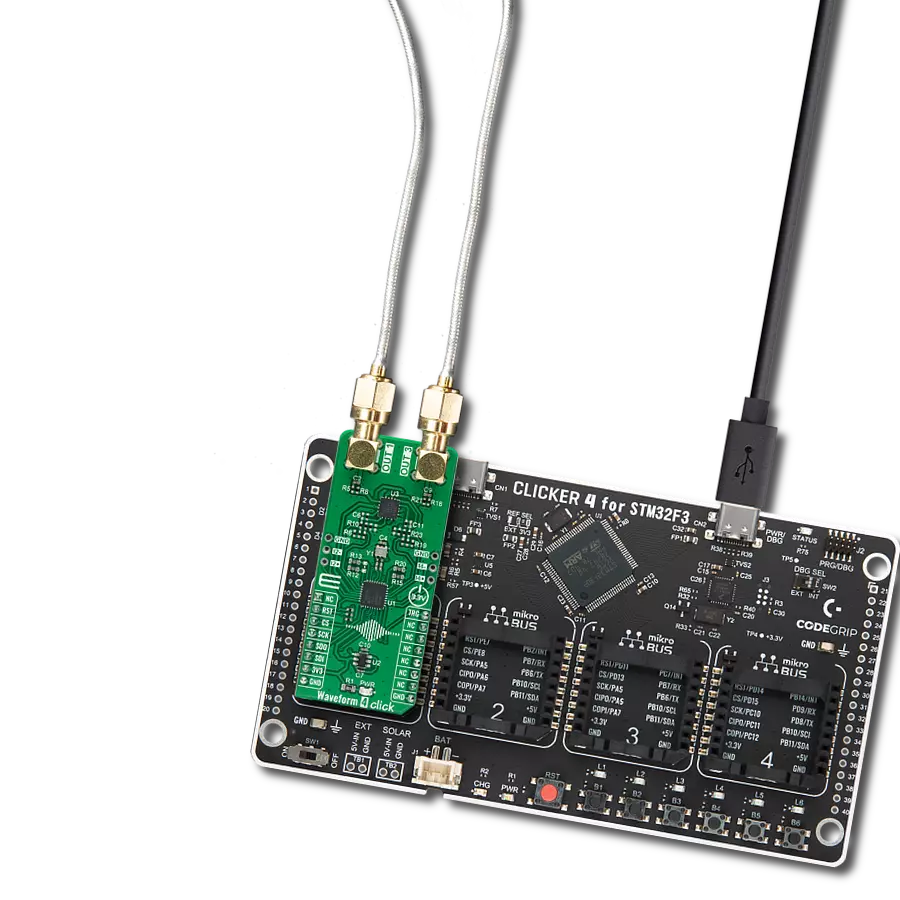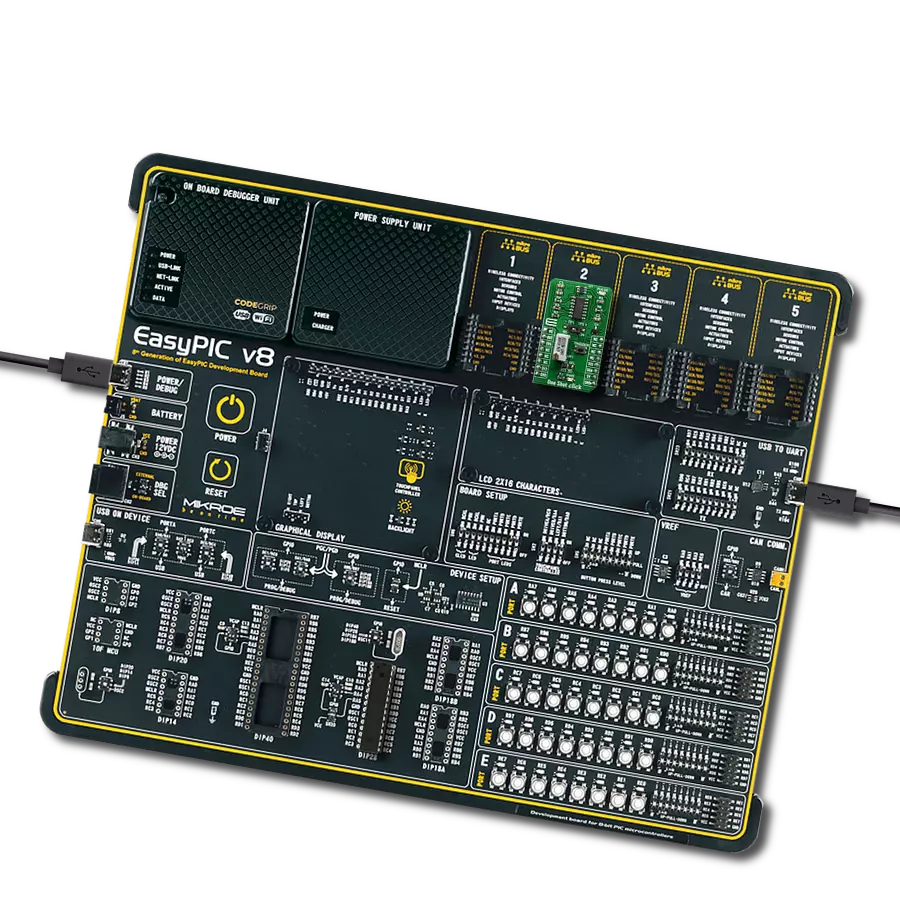Integrate an advanced clock generator into your solution and witness the transformative impact on timing control
A
A
Hardware Overview
How does it work?
Clock Gen 4 Click is based on the CS2200-CP, an analog PLL architecture comprised of a Delta-Sigma fractional-N frequency synthesizer from Cirrus Logic. The Delta-Sigma fractional-N frequency synthesizer has a high resolution for Input/Output clock ratios, low phase noise, a wide range of output frequencies, and the ability to tune to a new frequency quickly. This synthesizer multiplies the timing reference clock by the value of N to generate a stable and low-jitter PLL clock on the connector labeled PLL Clock. This Click board™ also has another connector marked as AUX Clock that outputs a buffered version of one of the input/output clocks or a status signal, depending on register configuration. The analog PLL-based frequency synthesizer uses a low-jitter timing reference clock
as a time and phase reference for the internal voltage-controlled oscillator (VCO). The phase comparator compares the fractional-N divided clock with the original timing reference and generates a control signal filtered by the internal loop filter to generate the VCO’s control voltage that sets its output frequency. The Delta-Sigma modulator modulates the loop integer divide ratio to get the desired fractional ratio between the reference clock and the VCO output. This allows fast lock times for various output frequencies without external filter components. Clock Gen 4 Click provides the possibility of using both I2C and SPI interfaces with a maximum frequency of 100kHz for I2C and 6MHz for SPI communication. The selection can be performed by positioning SMD jumpers labeled
COMM SEL to an appropriate position. Note that all the jumpers must be placed on the same side, or the Click board™ may become unresponsive. While the I2C interface is selected, the CS2200-CP allows the choice of the least significant bit (LSB) of its I2C slave address. This can be done by using the SMD jumper labeled as ADDR SEL. This Click board™ can only be operated with a 3.3V logic voltage level. The board must perform appropriate logic voltage level conversion before using MCUs with different logic levels. However, the Click board™ comes equipped with a library containing functions and an example code that can be used as a reference for further development.
Features overview
Development board
Nucleo 32 with STM32F031K6 MCU board provides an affordable and flexible platform for experimenting with STM32 microcontrollers in 32-pin packages. Featuring Arduino™ Nano connectivity, it allows easy expansion with specialized shields, while being mbed-enabled for seamless integration with online resources. The
board includes an on-board ST-LINK/V2-1 debugger/programmer, supporting USB reenumeration with three interfaces: Virtual Com port, mass storage, and debug port. It offers a flexible power supply through either USB VBUS or an external source. Additionally, it includes three LEDs (LD1 for USB communication, LD2 for power,
and LD3 as a user LED) and a reset push button. The STM32 Nucleo-32 board is supported by various Integrated Development Environments (IDEs) such as IAR™, Keil®, and GCC-based IDEs like AC6 SW4STM32, making it a versatile tool for developers.
Microcontroller Overview
MCU Card / MCU
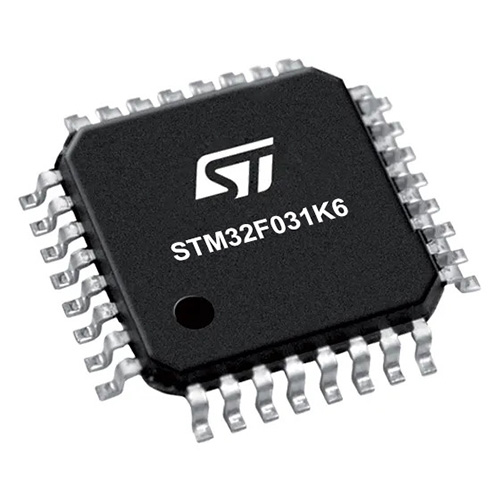
Architecture
ARM Cortex-M0
MCU Memory (KB)
32
Silicon Vendor
STMicroelectronics
Pin count
32
RAM (Bytes)
4096
You complete me!
Accessories
Click Shield for Nucleo-32 is the perfect way to expand your development board's functionalities with STM32 Nucleo-32 pinout. The Click Shield for Nucleo-32 provides two mikroBUS™ sockets to add any functionality from our ever-growing range of Click boards™. We are fully stocked with everything, from sensors and WiFi transceivers to motor control and audio amplifiers. The Click Shield for Nucleo-32 is compatible with the STM32 Nucleo-32 board, providing an affordable and flexible way for users to try out new ideas and quickly create prototypes with any STM32 microcontrollers, choosing from the various combinations of performance, power consumption, and features. The STM32 Nucleo-32 boards do not require any separate probe as they integrate the ST-LINK/V2-1 debugger/programmer and come with the STM32 comprehensive software HAL library and various packaged software examples. This development platform provides users with an effortless and common way to combine the STM32 Nucleo-32 footprint compatible board with their favorite Click boards™ in their upcoming projects.
Used MCU Pins
mikroBUS™ mapper
Take a closer look
Click board™ Schematic

Step by step
Project assembly
Track your results in real time
Application Output
1. Application Output - In Debug mode, the 'Application Output' window enables real-time data monitoring, offering direct insight into execution results. Ensure proper data display by configuring the environment correctly using the provided tutorial.

2. UART Terminal - Use the UART Terminal to monitor data transmission via a USB to UART converter, allowing direct communication between the Click board™ and your development system. Configure the baud rate and other serial settings according to your project's requirements to ensure proper functionality. For step-by-step setup instructions, refer to the provided tutorial.

3. Plot Output - The Plot feature offers a powerful way to visualize real-time sensor data, enabling trend analysis, debugging, and comparison of multiple data points. To set it up correctly, follow the provided tutorial, which includes a step-by-step example of using the Plot feature to display Click board™ readings. To use the Plot feature in your code, use the function: plot(*insert_graph_name*, variable_name);. This is a general format, and it is up to the user to replace 'insert_graph_name' with the actual graph name and 'variable_name' with the parameter to be displayed.

Software Support
Library Description
This library contains API for Clock Gen 4 Click driver.
Key functions:
void clockgen4_dev_ctl ( uint8_t dev_ctl );- Function is used to write to Device Control register in order to apply settings.void clockgen4_dev_cfg ( uint8_t dev_cfg );- Function is used to write to Device Configuration 1 register in order to apply settings.uint32_t clockgen4_set_ratio ( float ratio );- Function is used to set the ratio between the output signal and the input clock.
Open Source
Code example
The complete application code and a ready-to-use project are available through the NECTO Studio Package Manager for direct installation in the NECTO Studio. The application code can also be found on the MIKROE GitHub account.
/*!
* @file main.c
* @brief ClockGen4 Click example
*
* # Description
* This example demonstrates the use of Clock Gen 4 Click which is based on CS2200-CP for changing the channel clock. The CS2200-CP is an extremely
* versatile system clocking device that utilizes a programmable phase lock loop. The CS2200-CP is based on an analog PLL architecture and this
* architecture allows for frequency synthesis and clock generation from a stable reference clock. The CS2200-CP supports both I²C and SPI for full software control.
*
* The demo application is composed of two sections :
*
* ## Application Init
* Initializes I2C and SPI, sets CS pin as output and starts to write log, applies default settings and adjusted ratio to obtain a frequency.
*
* ## Application Task
* Clock Gen 4 Click is used in this example to generate and change the clock on the output channel.
*
* @author Jelena Milosavljevic
*
*/
#include "board.h"
#include "log.h"
#include "clockgen4.h"
static clockgen4_t clockgen4;
static log_t logger;
uint8_t com_itfc = 0;
void application_init ( void ){
log_cfg_t log_cfg; /**< Logger config object. */
clockgen4_cfg_t clockgen4_cfg; /**< Click config object. */
/**
* Logger initialization.
* Default baud rate: 115200
* Default log level: LOG_LEVEL_DEBUG
* @note If USB_UART_RX and USB_UART_TX
* are defined as HAL_PIN_NC, you will
* need to define them manually for log to work.
* See @b LOG_MAP_USB_UART macro definition for detailed explanation.
*/
LOG_MAP_USB_UART( log_cfg );
log_init( &logger, &log_cfg );
log_info( &logger, " Application Init " );
Delay_ms ( 100 );
log_printf( &logger, "---------------------" );
log_printf( &logger, " Clock Gen 4 Click " );
log_printf( &logger, "---------------------" );
// Click initialization.
clockgen4_cfg_setup( &clockgen4_cfg );
CLOCKGEN4_MAP_MIKROBUS( clockgen4_cfg, MIKROBUS_1 );
err_t init_flag = clockgen4_init( &clockgen4, &clockgen4_cfg );
if ( ( I2C_MASTER_ERROR == init_flag ) || ( SPI_MASTER_ERROR == init_flag ) ) {
log_error( &logger, " Application Init Error. " );
log_info( &logger, " Please, run program again... " );
for ( ; ; );
}
clockgen4_default_cfg ( &clockgen4 );
log_info( &logger, " Application Task " );
Delay_ms ( 100 );
}
void application_task ( void ){
clockgen4_dev_ctl ( &clockgen4, CLOCKGEN4_AUX_OUT_DIS | CLOCKGEN4_CLK_OUT_EN );
log_printf( &logger, " PLL Clock \r\n" );
log_printf( &logger, " output enabled! \r\n" );
log_printf( &logger, "---------------------\r\n" );
Delay_ms ( 1000 );
clockgen4_dev_ctl ( &clockgen4, CLOCKGEN4_AUX_OUT_EN | CLOCKGEN4_CLK_OUT_DIS );
log_printf( &logger, " AUX Clock \r\n" );
log_printf( &logger, " output enabled! \r\n" );
log_printf( &logger, "---------------------\r\n" );
Delay_ms ( 1000 );
}
int main ( void )
{
/* Do not remove this line or clock might not be set correctly. */
#ifdef PREINIT_SUPPORTED
preinit();
#endif
application_init( );
for ( ; ; )
{
application_task( );
}
return 0;
}
// ------------------------------------------------------------------------ END


